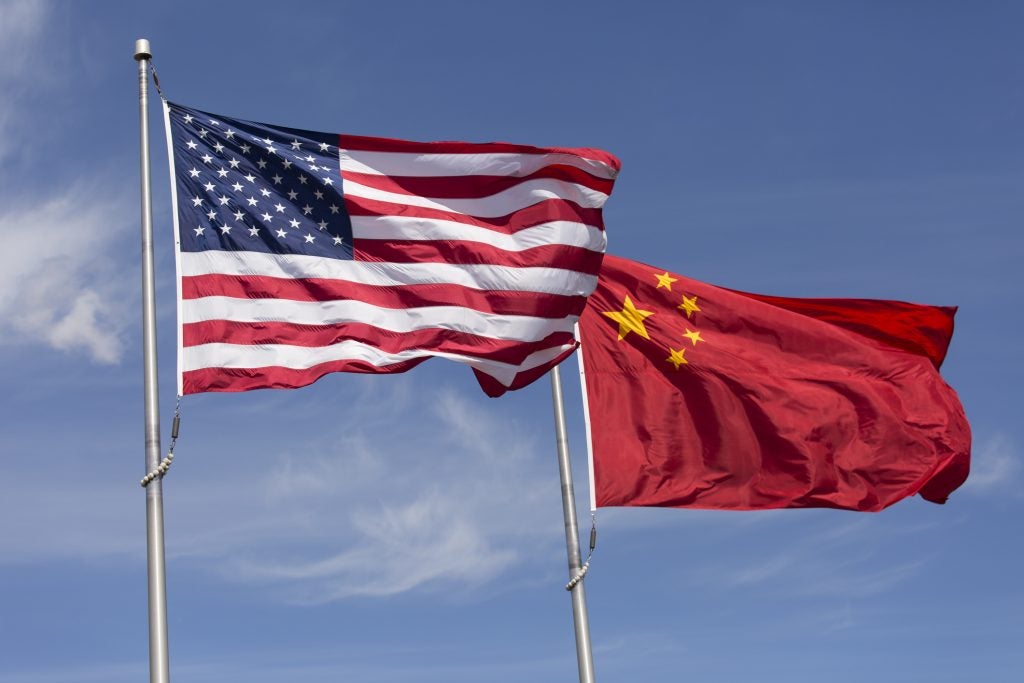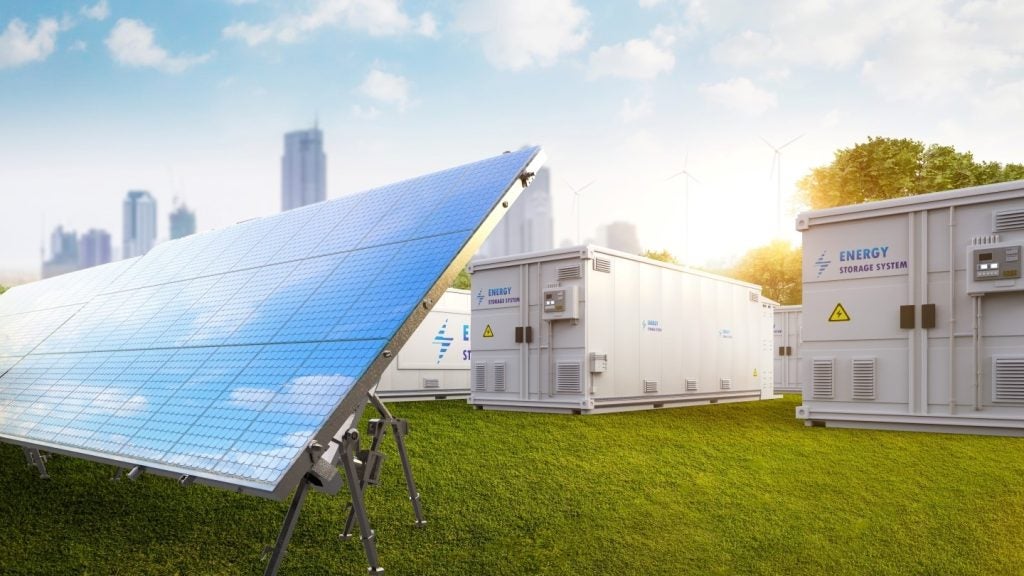Aspen Aerogels has filed a patent for nanoporous carbon-based scaffolds, specifically carbon aerogels, for use in lithium-ion batteries. The carbon aerogel includes silicon particles that can accommodate expansion during lithiation, providing optimal properties for the battery. The patent also claims a carbon composition with a specific surface area attributable to micropores, which is less than about 92 m2/g. GlobalData’s report on Aspen Aerogels gives a 360-degree view of the company including its patenting strategy. Buy the report here.
According to GlobalData’s company profile on Aspen Aerogels, Vinyl resin foam was a key innovation area identified from patents. Aspen Aerogels's grant share as of September 2023 was 40%. Grant share is based on the ratio of number of grants to total number of patents.
Carbon aerogels with silicon-based material for lithium-ion batteries
A recently filed patent (Publication Number: US20230294061A1) describes a carbon composition with specific characteristics for use in energy storage systems. The carbon composition consists of a framework of interconnected carbon structures that define a network of pores. It also includes a silicon-based material. The carbon composition is characterized by a specific surface area attributable to micropores, with an upper specific micropore surface area of less than about 92 m2/g. Additionally, the total specific surface area of the carbon composition is less than 575 m2/g.
The patent also specifies the content of the silicon-based material in the carbon composition, which ranges from 9% to 64%. The carbon composition has a specific pore volume of 1.5 to 3.6 cubic centimeters per gram (cm3/g), and an average specific pore volume of 1.15 cm3/g to 5.34 cm3/g. It can be either a monolithic carbon composition without a binder material or a particulate carbon composition.
The framework of interconnected carbon structures in the composition may include a network of carbon fibrils, with some fibrils having a width of 2 nm to 10 nm or 2 nm to 5 nm. The carbon composition also exhibits a porosity ranging from 10% to 70% by volume. The maximum pore size peak has a full width at half max of 5 nm to 50 nm.
The carbon composition has specific mechanical properties, with a Young's Modulus ranging from 0.27 GPa to 8.26 GPa and a density of 0.3 g/cc to 0.74 g/cc.
The patent also describes an energy storage system that includes at least one electrode made of the carbon composition. In some embodiments, the energy storage system further includes an additive within the pores of the electrode to reduce electrical resistance.
Another embodiment of the carbon composition is characterized by a specific surface area attributable to micropores of less than 62 m2/g and a total specific surface area of less than 255 m2/g. This composition includes an electroactive species, which can be silicon, graphite, or lithium. An energy storage system with at least one electrode made of this carbon composition is also described, with the possibility of including an additive to reduce electrical resistance.
Overall, this patent presents a carbon composition with specific characteristics that can be used in energy storage systems, offering potential improvements in performance and efficiency.
To know more about GlobalData’s detailed insights on Aspen Aerogels, buy the report here.
Premium Insights
From

The gold standard of business intelligence.
Blending expert knowledge with cutting-edge technology, GlobalData’s unrivalled proprietary data will enable you to decode what’s happening in your market. You can make better informed decisions and gain a future-proof advantage over your competitors.






